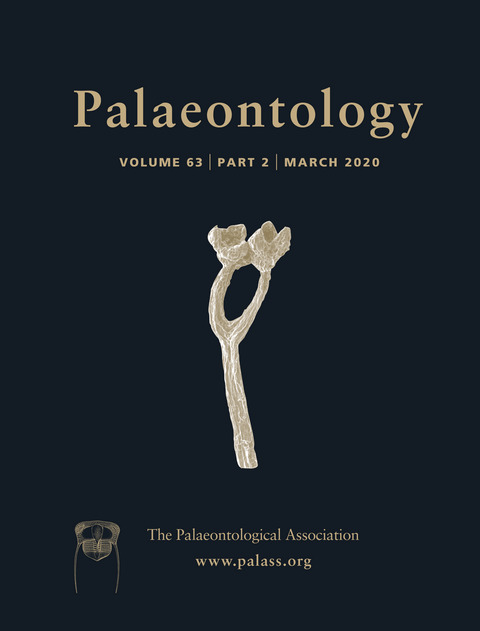Reg. Charity No. 1168330

The Triassic to Recent fossil record of the dinoflagellates is represented overwhelmingly by geologically resistant, organic‐walled, non‐motile resting cysts; such cysts are formed following the sexual phase in the life cycle. Very few confirmed records exist of the motile stage being preserved in the fossil record. This paper reports the occurrence of two very unusual dinoflagellate taphofacies, one developed in bituminous shales and the other in micrites, from the Oligocene fossil Lagerstätte at Sieblos, Hesse, Germany. A new dinoflagellate taxon, Sieblososphaera martini sp. nov. has been identified through analysis of dissociated skeletal elements in the bituminous shales and external moulds and casts in the micrites. The unique preservation of these fossils confirms them not only as primary biogenically silicified motile thecate cells, but also indicates that there was a much greater range of tabulation present within the subfamily Lithoperidiniaceae than has hitherto been recognized.